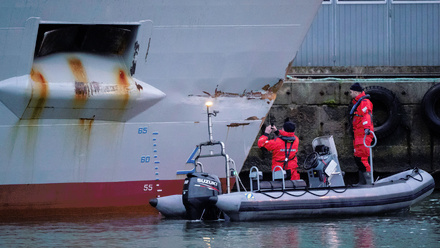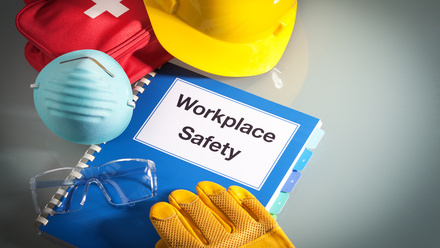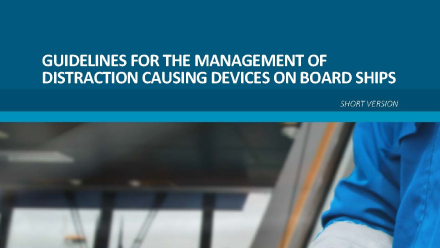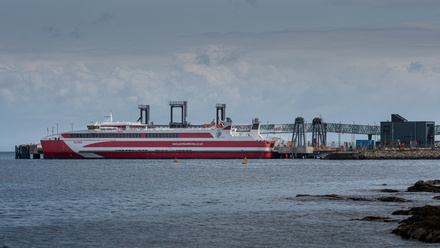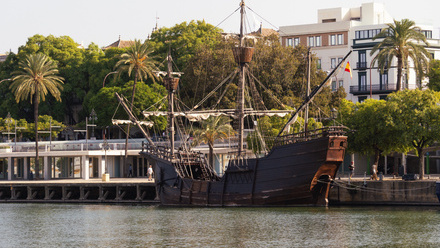Polar Regions – The Human Element
This position statement was developed by the IMarEST Human Element SIG.
The risks and consequences of any maritime accident in the polar regions are magnified by the hostile operating environment. The marine industry must anticipate and prepare for the day when a large maritime accident in the Arctic might occur. Should such a tragedy unfold, it will surely be magnified by the hostile operating environment even if not caused by it. Mitigation of the risk by focusing on the human element in relation to marine design and operation of ships is therefore a key area of concern for the IMarEST.
In light of the likelihood of a growth in shipping, offshore and other maritime activities in the Arctic the IMarEST will review the development of operational and safety practice in the Arctic, seeking to highlight consideration of the human element.
On September 18 2019, Arctic sea ice reached its likely minimum extent for 20191. The minimum ice extent was effectively tied for second lowest in the satellite record, along with 2007 and 2016, reinforcing the long-term downward trend in Arctic ice extent. The decrease in sea ice cover, extent and thickness in the Arctic is unlocking major opportunities for the exploitation of mineral and petrochemical assets within the region. Associated marine infrastructure, tugs, barges, offshore support vessels as well as a variety of ocean-going cargo vessels and adventure cruise ships will be moving into the area in ever greater numbers.
A review of the IMO Polar Code2, current publications3 and periodical articles in respect of the human element in Arctic related operations shows a focus on additional officer training, the need to maintain increased levels of watch keeping as well as adhering to hours of rest. There is a recognition that human performance shortfalls may occur as a result of low temperatures, long periods of darkness or light. The effect on navigation must also be considered.
The IMarEST considers that the IMO Polar Code to be a minimum list of hazards, above and beyond those typically encountered by ships running on conventional trade routes in compliance with SOLAS (International Convention for the Safety of Life at Sea (SOLAS), 1974).
With the increased activity in extreme environments, there are numerous new risks that can affect the safety and the physical and mental health of the people working in these areas. This can in turn affect levels of stress. For example, risks from falls, trips and slips will be much higher along with potential exposure in low temperatures. The probability that a human element related incident is likely to occur will be much greater over coming years.
The IMarEST will monitor the growth in Arctic and Antarctic operations providing advocacy to help ensure that activities are sustained, managed and developed for the benefit of humanity.
The IMarEST will seek to promote a continued understanding of the human performance issues associated with working in the harsh Arctic environment and strongly encourages the shipping community to adopt a proactive approach to mitigating such risks.
The IMarEST is committed to the continuing application of human element learnings into the design of vessels and selection, training and well-being of crews entering into Arctic service.
We will achieve this by sharing expertise openly among marine stakeholders and providing independent evidence to inform policy makers.

